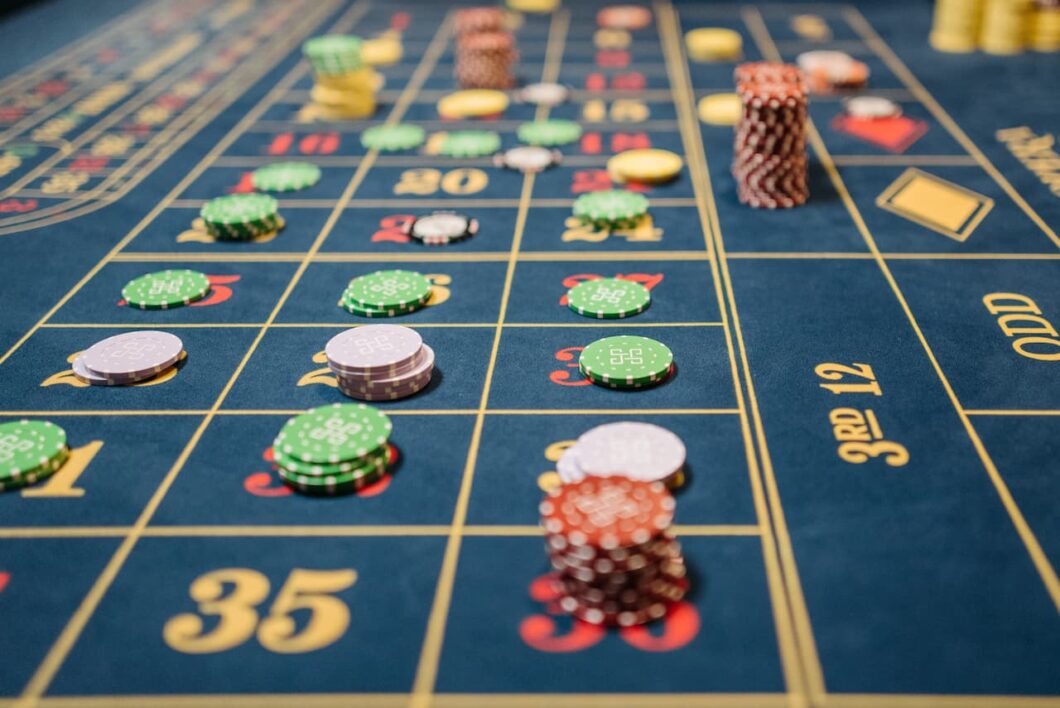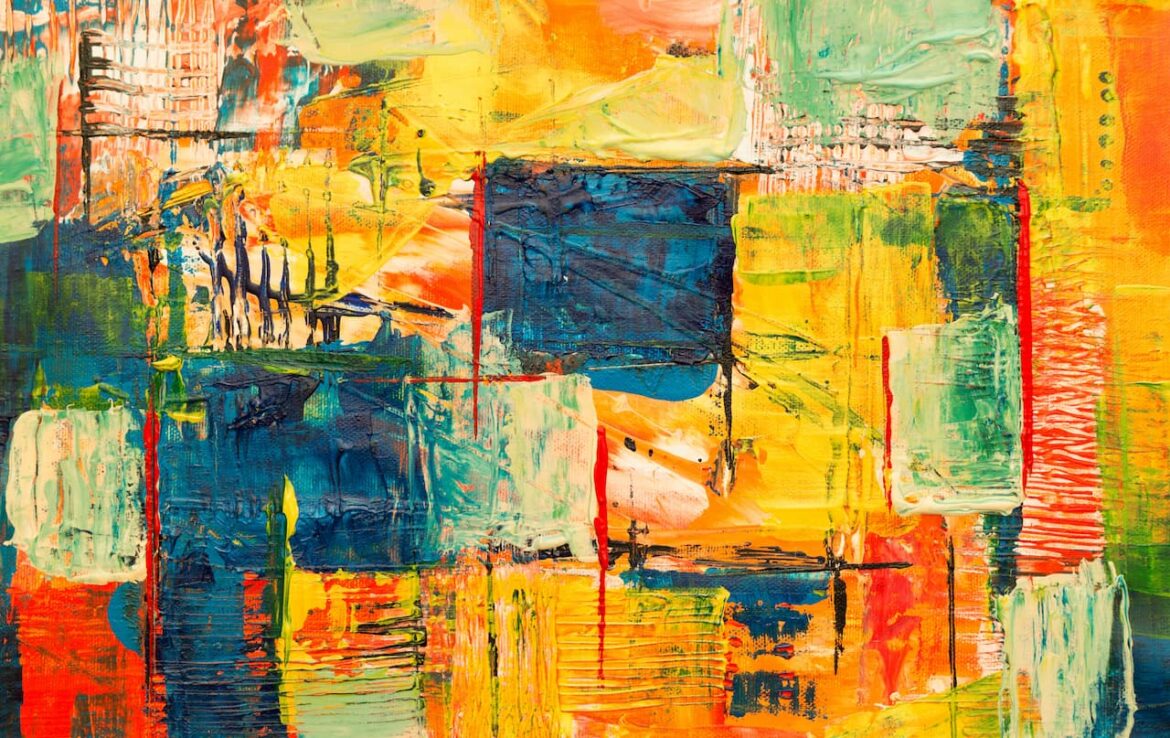A few centuries ago, art was considered to be a decorative luxury item. Today, it exists not to decorate interiors, but for the expression of experiences, thoughts, and ideas. These changes occurred at the beginning of the 20th century, when with the development of technology, the simple reproduction of visual images lost its value. The artists conducted research and rethought light, color, forms, and the very essence of art. As a result, new ways developed, like expressionism and suprematism. Generalizing, the trends of the first half of the 20th century can be described by the term “modern”, while the second half of the 20th and 21st centuries – “contemporary”. It is contemporary art that is usually meant when talking about modern art. Nevertheless, its foundation was set by modernists, and there is still no unified classification of types. And the principles of perception of those and others are similar in many respects.

Types of contemporary art
In the modern days, we can distinguish at least 12 types of contemporary art.
- Painting. Painting is the most common and known type of art. Painting involves working on a two-dimensional surface with a wet substance, acrylic or oil paint, commonly applied on cotton or linen canvas, a wooden panel, or a copper/metal plate. Nevertheless, today we also have painters who paint with metal or incorporate found objects, challenging the boundaries of painting with sculpture.
- Sculpture. Next, we have the traditional art form of sculpture in a modern-day context. Sculpture is a type of art that uses materials like marble, wood, copper, or bronze. Contemporary sculptors continue to use these traditional materials. We can also find sculptures made of plexiglass, fiberglass, epoxy, wax, steel, or even electronic and kinetic devices.
- Drawing. With Modernism and today in a Postmodern era, drawing has become a popular art form. A drawing was often seen as a less valuable artwork than a painting or sculpture. Today, it is an art form in itself because many artists spend their lives and careers drawing.
- Printmaking. Printmaking is the art of transferring images from a matrix onto another surface, usually paper or fabric. There are many types of printmaking techniques, including woodcut, etching, engraving, and lithography.
- Collage. Collage is the art of making an assemblage of different forms, materials, or images. With the Throughout the 20th century, collage became an art form thanks to the arrival of Modern Art. Now, there are more collage artists than ever before.
- Digital Art. A new type of art emerged with the arrival of digital arts and software. Digital art can be created using a computer, scanned, or drawn using a tablet or mouse. With improvements in digital technology, it was possible to download video onto computers, allowing artists to manipulate the images they had filmed with a video camera.
- Photography. Today, photography is a ubiquitous part of the art world. The photographer became an artist. Many performance artists use photography to capture their art and keep it in time and space.
- Video Art. Video art is a direction of media art in which the possibilities of video technology, computer, and television images are used to express an artistic concept. Today, video art is one of the most popular types of art among artists from many disciplines. The director is an artist, and the video is a work of art.
- Installation Art. Installation Art is a way of making and displaying artwork, not a movement or style. Installation art can be made from traditional and non-traditional media such as painting, sculpture, found objects, drawing, and text.
- Land Art. Land Art is an artistic activity, the object of which is a real landscape, a fragment of the natural environment. Activities of this type are integration into the landscape, transformation of its fragment, or use of natural processes to create an artistic object. With land art, the artist acts as a landscape architect redesigning an environment.
- (Public) Art Intervention. Art Intervention is art which is intended to interact with an existing situation, structure, artwork, audience, or institution. It is conceptual art that may also be performance art, depending on the ideas behind the work. The objective of an art intervention is always to stimulate modifications to existing systems.
- Performance Art. A performance art is art that must be acted out live in front of an audience. Performance art can be used for a variety of purposes. Occasionally, the artist wants to make a serious point about something important, such as global warming, world hunger, human right etc. Some are doing it for fun, or to share a personal story.
Conclusion
In the modern world, contemporary artists are in a position to express themselves and respond to social issues in a way that artists of the past were unable to. The contemporary art is made today by today’s artists and as our world evolves and changes, so does the contemporary art. We are literally surrounded by art everywhere. And the next couple of years will bring us more changes and possibilities than ever before, both for the artist and the audience. The era of the internet, brought us an entirely new space where the art can be expressed and exposed. For example, NFT platforms where anything can be turned into digital art and sold to collectors. The mobile online gambling and gaming platforms use art to attract more customers. The development of virtual reality will definitely bring us new possibilities in experiencing and creating art.
